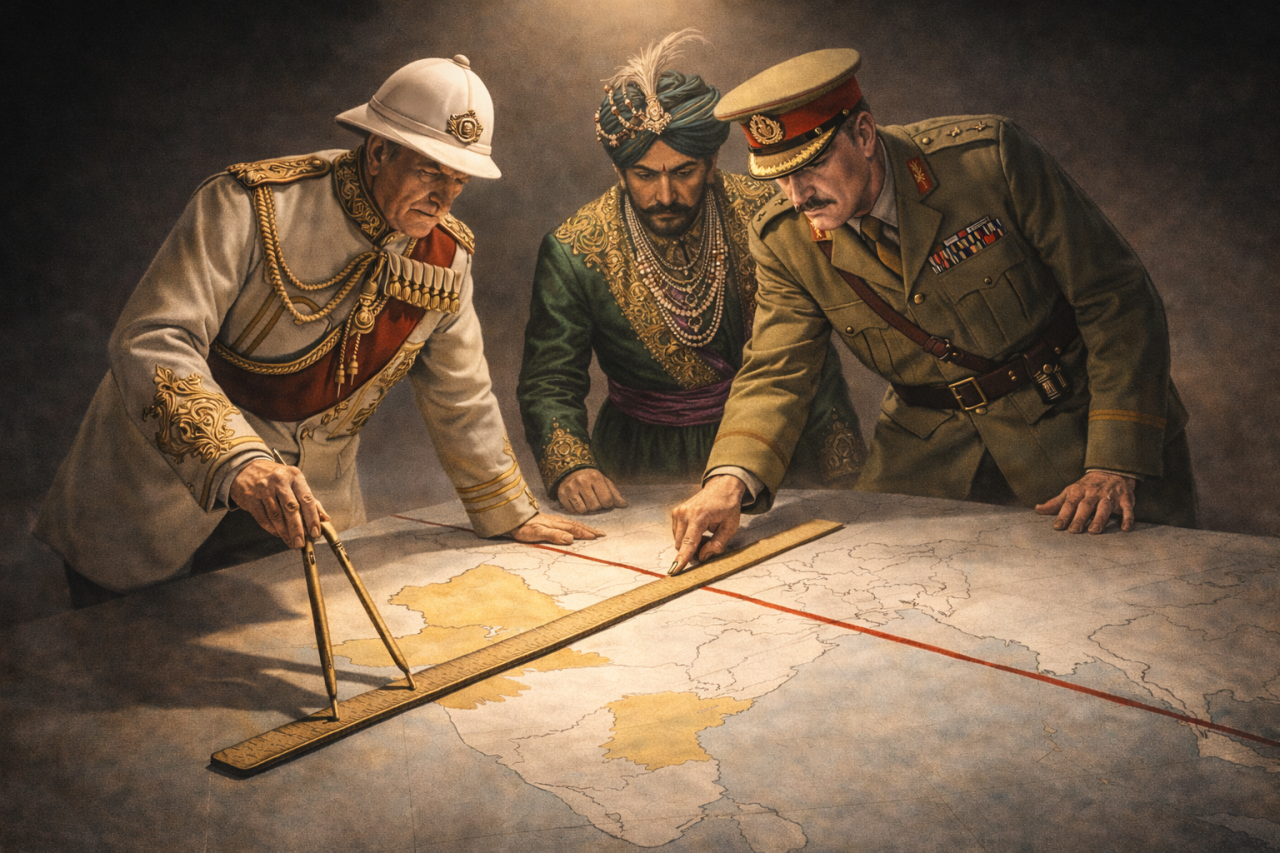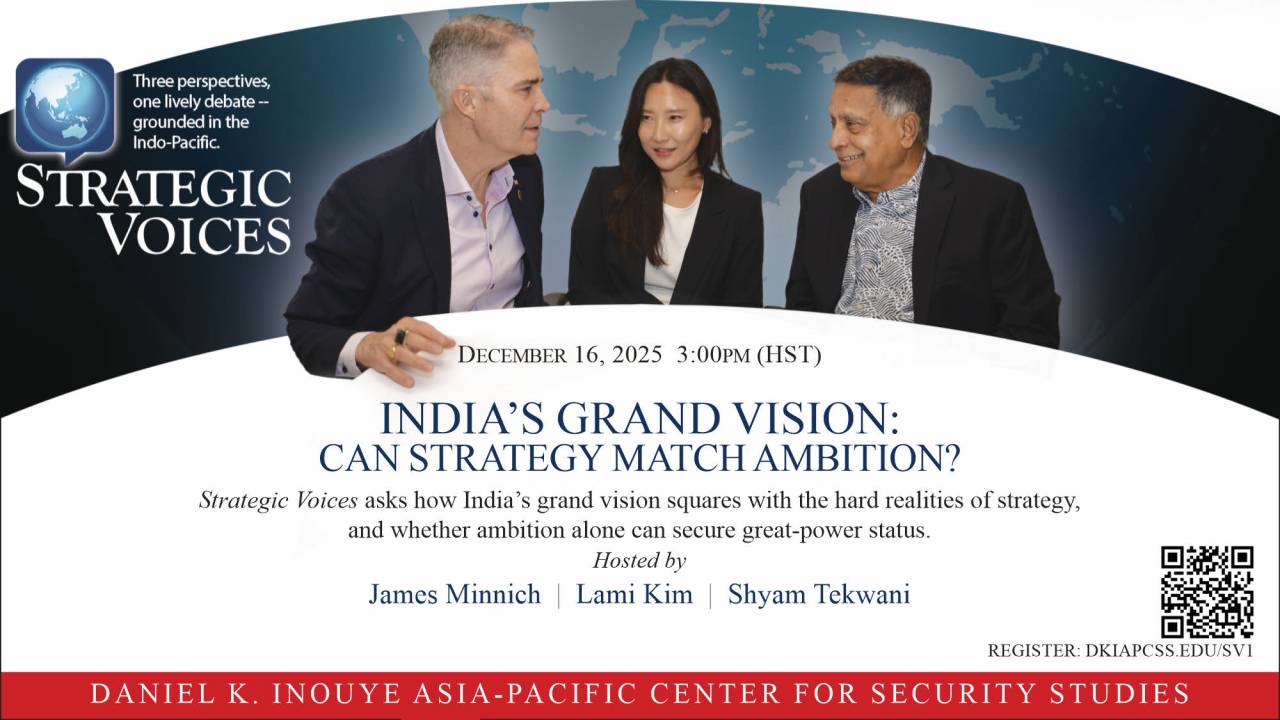By James M. Minnich
China’s rapid nuclear expansion is altering the global security landscape, prompting urgent questions about intent, deterrence, and strategic stability. As Dr. Bill Wieninger—former U.S. Air Force officer and current professor at the Daniel K. Inouye Asia-Pacific Center for Security Studies—explained in a recent Dialogue episode, “China’s nuclear rise presents a complex and evolving challenge.”
For decades, China maintained a policy of “minimum deterrence,” relying on a small arsenal to ensure a credible second-strike capability. “They had a couple dozen weapons capable of hitting the United States,” Wieninger noted, “and they felt that was enough.” But that posture has changed. Satellite imagery in 2021 revealed over 300 new missile silos under construction in China’s western deserts—a clear signal of strategic expansion.
So what’s driving this buildup?
According to Wieninger, China’s motivations are multifaceted. One major factor is the evolution of U.S. missile defense. “Missile defense systems have continued to get better,” he explained, “and nations need to build that second-strike capability. In the ’90s, the Chinese arsenal was a little bit vulnerable to a first strike.”
Another explanation lies in Beijing’s desire for strategic leverage. “Tong Zhao of the Carnegie Institute argues this is driven by a perception in Beijing that nuclear arsenals give you bargaining strength in international crises,” Wieninger shared. This shift reflects a broader transformation—from a deterrence-based doctrine to one focused on coercive utility.
But perhaps the most destabilizing possibility, Wieninger warned, is that China may be moving toward a damage-limitation posture—one that enables a launch-on-warning doctrine. “That makes a crisis between China and the U.S. incredibly unstable,” he said. “Because both sides now have the capability—and possibly the intent—to launch first.”
Lessons from the Cold War
Wieninger emphasized that history offers critical lessons. He recalled Able Archer 83, a NATO command exercise that the Soviet Union nearly misinterpreted as a real attack. “It shows how easy it is to misperceive,” he said, underscoring the need for reliable crisis communication between nuclear rivals. “We need to have a lot of communication between the two sides—which we don’t have right now with the PRC.”
He also revisited the Cuban Missile Crisis, noting U.S. intelligence had mistakenly believed there were no operational nuclear weapons in Cuba. “We got lucky in 1962,” he said, quoting former Secretary of Defense Robert McNamara. “You can only get lucky so many times.”
Avoiding Overreaction
Despite the rising numbers, Wieninger cautioned against panic. “They’re a peer competitor with a huge economy. They can build as many nuclear weapons as they want—it’s not up to us to decide how many,” he said. “But it is up to us to ensure we have a secure second-strike capability—regardless of what they do.”
Technology, Trust, and Transparency
Emerging technologies, especially artificial intelligence, pose new risks. “There’s going to be a temptation to more tightly integrate AI into our strategic decision-making,” Wieninger observed. “But we have to be extremely careful. You make mistakes when you’re scared.”
While formal arms control agreements may be elusive in the near term, Wieninger argued that trust can still be built through dialogue. “More important than a treaty is stability and communication,” he said, suggesting scientific exchanges as one avenue for engagement.
The Bottom Line
China’s nuclear expansion is real and potentially destabilizing. But the U.S. response should be grounded in strategic clarity—not alarmism. As Wieninger concluded, “We don’t want a nuclear war. But if they start one, they’re not walking away.”
Further Reading
For deeper historical context and insight into the evolution of U.S. nuclear strategy, Dr. Bill Wieninger recommends The Bomb: Presidents, Generals, and the Secret History of Nuclear War by Fred Kaplan—a compelling chronicle of how America’s nuclear policies have been shaped by fear, secrecy, and Cold War logic.










Leave A Comment